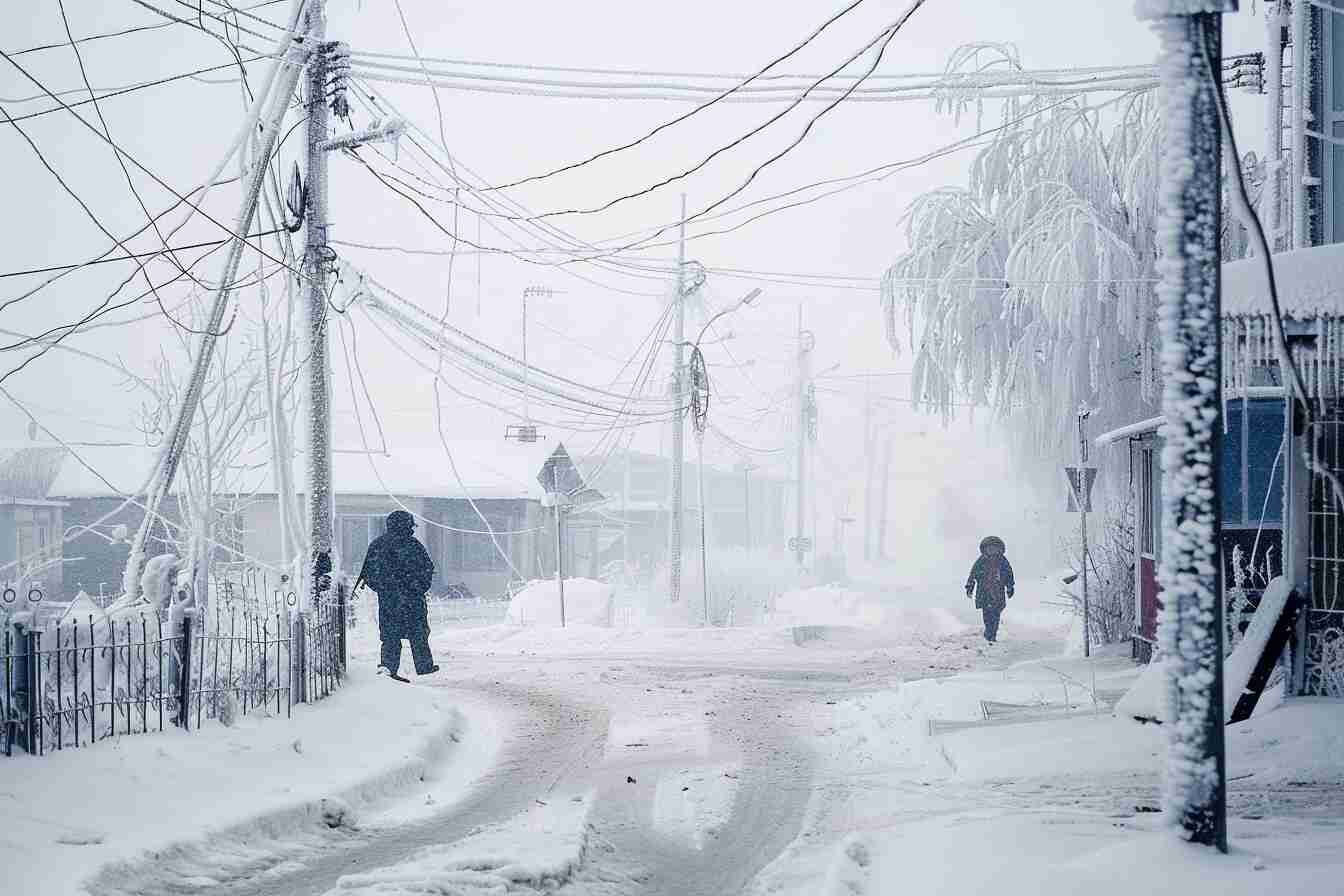What is an Asteroid?
An asteroid is a celestial body made up of rocks and metals of various sizes that moves in space and revolves around the Sun (or another star), it is neither planets nor moons. Their size can vary from less than a centimeter to several hundred kilometers in diameter. The first asteroid was discovered in 1801, Ceres, now a dwarf planet, and its orbit around the Sun forms ellipses.
June 30: World Asteroid Day
The United Nations has proclaimed it be observed globally on June 30 every year in its resolution. Why June 30? June 30 is the anniversary of the largest asteroid impact in recent history: the Tunguska event in Siberia in 1908. An area of forest the size of the city of Tokyo was blown away.
Origin of Asteroid
At first, the astronomers assumed that the asteroids were the result of a cosmic catastrophe in which a planet between Mars and Jupiter broke apart and left fragments on its orbit. It turned out, however, that the total mass of the asteroids present in the main belt is much smaller than that of the Earth’s moon . Estimates of the total mass of the minor planets vary between 0.1 and 0.01 percent of the earth’s mass (the moon is about 1.23 percent of the earth’s mass).
It is therefore assumed that the asteroids represent a residual population of planetesimals from the formation phase of the solar system. The gravityfrom Jupiter, the fastest growing of its mass, prevented the formation of a larger planet from the asteroid material.
The planetesimals (object formed from dust, rock, and other materials) were disturbed on their orbits, repeatedly colliding violently with each other and breaking. Some were diverted into orbits that put them on a collision course with the planets. The impact craters on the planetary moons and the inner planets still bear witness to this.
Read also: Inner and Outer Planets | Internal and External Planets
The largest asteroids were strongly heated after their formation (mainly due to the radioactive decay of the aluminum isotope 26 Al and possibly also the iron isotope 60 Fe) and melted inside. Heavy elements like nickeland iron , settled on the inside as a result of the action of gravity, the lighter compounds, such as the silicates, remained in the outer areas.
This led to the formation of differentiated bodies with a metallic core and a silicate coat. Some of the differentiated asteroids broke in further collisions, with fragments falling into the Earth’s area of attraction as meteorites.
Asteroid, meteorite, meteor or comet?
Many do not know the difference between these names. But it depends on the situation.
Asteroid
An asteroid is a rocky body in space, which revolves around the Sun.
Meteor
A meteor is an asteroid passing through Earth’s atmosphere, but which has not yet reached the ground. Often it disintegrates before it reaches it.
Meteorite
A meteorite is a piece of an asteroid found on Earth after it fell.
Comet
A comet is a whole different thing, although it looks like an asteroid, it is partly made of ice, when it approaches the sun a tail appears, it looks bright because it reflects sunlight.
The different types of asteroids
There are several types of asteroids in the solar system:
1. The asteroids of the main belt: These are the asteroids that are located in the asteroid belt, between the planets Mars and Jupiter. They contain almost all of the known asteroids, over 500,000, but there are many more, as new ones are being discovered every day.
2. The Kuiper Belt another region, similar to the asteroid belt, but much more distant (it lies beyond Neptune). Due to its great distance from the Earth, only the largest objects (often more than 50 kilometers) can be detected there. The Kuiper Belt also contains dwarf planets, such as Pluto, as well as a large number of other objects.
3. Trojans: These are groups of asteroids that are located in the orbit of planets. Jupiter has two such groups in its orbit, they contain several thousand asteroids. Mars, Uranus and Neptune also have a few Trojans, and even our Earth has its own!
4. Near-Earth asteroids: These asteroids cross Earth’s orbit, and can crash into our planet. Fortunately, this is extremely rare: an asteroid over 1 kilometer in diameter only crashes on Earth every 300,000 years. These objects are heavily watched by astronomers, to prevent disaster there are also measures that can be put in place to prevent the object from crashing.
5. Damocloids: These asteroids have a very eccentric orbit: they often move away very far from the Sun to get very close to it; their orbits are very similar to those of comets. These asteroids are very rare.
6. Centaurs: They revolve around the sun between the orbits of Jupiter and Neptune, and sometimes cross the orbit of Saturn and Uranus. One of them, Chariklo, even has a ring.
Avoid impact
Today, thanks to technology, we could try to deflect an asteroid heading towards Earth if that happened.
The solution that comes up often is to detonate a nuclear bomb on the asteroid in order to destroy it. This is actually a bad idea, as the fragments would still be heading towards Earth, no longer creating one but multiple impacts in different places on the planet. On the other hand, we could detonate the nuclear bomb at a certain distance from the asteroid in order to create a deviation of the trajectory.
The best solution is probably also the simplest, it suffices to send an impactor on the asteroid (generally a metallic charge of a few tens or hundreds of kilos) at high speed. This will create a slight deflection of the asteroid, but over several years this deflection can change its path by several thousand kilometers, avoiding the collision. This solution will be tested in the 2020s by the DART (Double Asteroid Redirection Test) probe. This solution is relatively simple and inexpensive compared to others, but should be applied as early as possible (years in advance). However, since most of the potentially dangerous asteroids are known, it is quite easy to predict a collision years in advance.
Are we threatened?
Astronomers constantly monitor the sky in order to detect asteroids likely to strike the Earth, we currently know almost 800,000, most of them are between Mars and Jupiter, and do not represent any danger. There are, however, thousands of near-Earth asteroids, which cross the path of the Earth, of which approximately a thousand which are in the category “Potentially dangerous asteroid”. This doesn’t mean that they are going to crash into Earth, but that they deserve to be watched. Currently, no collisions are expected, and most of the potentially dangerous asteroids are considered to be known, making the risk of collisions in the future very unlikely.
In order to classify asteroids according to their risk of impact and their consequences, we use the Turin scale, it is a scale from 0 to 10.
Level | Description |
| 0 | No risk of collision |
| 1 | Extremely low risk of collision in the coming decades. |
| 2 | Very low risk, but observations necessary from astronomers in order to obtain more precise information. |
| 3 | 1% chance of collision, if this were to take place, the damage would however be very localized. Additional observations necessary in order to obtain more precise information. |
| 4 | More than 1% risk of collision, if this were to take place, damage on a regional scale would be caused. Additional observations necessary in order to obtain more precise information. |
| 5 | Fairly high risk of collision causing damage on a regional scale. |
| 6 | Fairly high risk of collision causing damage on a global scale, more precise observations required. |
| 7 | Very high risk of collision causing damage on a worldwide scale, precise observation necessary. |
| 8 | Confirmed collision causing damage on a localized scale. It happens every 50 to 1000 years. |
| 9 | Confirmed collision causing damage across a region. It happens every 1,000 to 100,000 years. |
| 10 | Confirmed collision causing damage on a global scale. It happens every 100,000 years on average, or more. |
Currently, no asteroid has exceeded level 4. This asteroid was Apophis, with a risk of impact in 2029, but more recent observations have shown that the probability of impact is ultimately extremely low. The highest level currently is 2, reached by the asteroid 1950 DA, a collision of which is possible in the 2800s, but for which more precise observations are needed to know whether the collision will indeed take place or not.
Consequences of an asteroid impact
The consequences of an asteroid impact depend on its size. Generally, it is dust or small stones of a few centimeters, which disintegrate in the atmosphere to form a magnificent shooting star. For this to start doing damage, an asteroid must measure several meters, because at this size, they often explode in the atmosphere, and the blast of the explosion can destroy windows for example.
An asteroid of about fifty or a hundred meters hits the ground, and forms a crater, and damage can be done in a large area like a large city or a French department, but it usually happens every 1000 years. A 1 kilometer asteroid can wreak havoc on an entire continent with side effects around the world, and cause a global catastrophe if it is around 10 kilometers (6.2 miles) long.
An asteroid 10 kilometers (6.2 miles) in diameter can devastate an area of several thousand kilometers because of the blast of the explosion and the heat produced, as well as by the caused earthquake, if it crashes into the ocean, it can also create a tsunami. The dust raised by the impact can create a cloud that covers the entire planet for several years, creating what is called an impact winter, a time when it is several degrees cooler. 65 million years ago, the impact winter caused by the impact of the asteroid responsible for the disappearance of the dinosaurs actually caused the disappearance of many plants that lacked sunlight.
The herbivorous dinosaurs (which eat plants, grass or leaves) therefore had no food left, and carnivores (which eat meat) could no longer eat when the herbivores disappeared. Only the small omnivorous mammals, which could easily hide in the ground and had a fairly large diet, survived.
Sources: PinterPandai, Science Direct, NASA
Photo credit: Wikimedia Commons (CC BY 2.0)
Photo description: Illustration of an asteroid falling to Earth.



